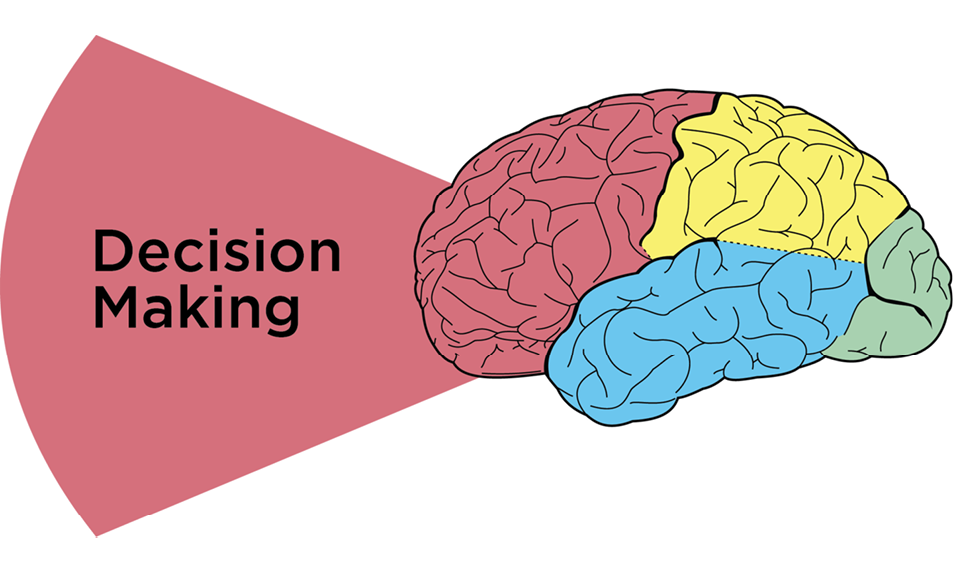Chapter 12 Memory: Expectations and Filling in Gaps
[ 12 ]
Memory: Expectations and Filling in Gaps
In this chapter, we’re going to consider the semantic associations our customers have. By this, I mean not just words and their meanings, but also their biases and expectations (Figure 12-1).
Some of the questions we’ll ask include:
- What are the frames of reference our audience is using?
- What were they expecting to find?
- How were they expecting this whole system to work?
- What are the stereotypes, mental models, or schemas influencing those expectations?
- How do the customers’ stereotypes differ from our expert schemas or stereotypes?
- What changes can we make to ensure that we’re meeting customers’ expectations?

Figure 12-1
Decision making (and inhibition) require the frontal lobe’s anterior-most areas
Meanings in the Mind
Let’s go back to the idea of stereotypes, which I mentioned in Chapter 3. These aren’t necessarily negative, as the stereotypical interpretation of “stereotype” would have you believe—as we discussed earlier, we have stereotypes for everything from what a site or tool should look like to how we think certain experiences are going to work.
Take the experience of eating at a McDonald’s, for example. When I ask you what you expect out of this experience, chances are you’re not expecting white tablecloths or a maître d’. You’re expecting to line up, ...
Get Design for How People Think now with the O’Reilly learning platform.
O’Reilly members experience books, live events, courses curated by job role, and more from O’Reilly and nearly 200 top publishers.

